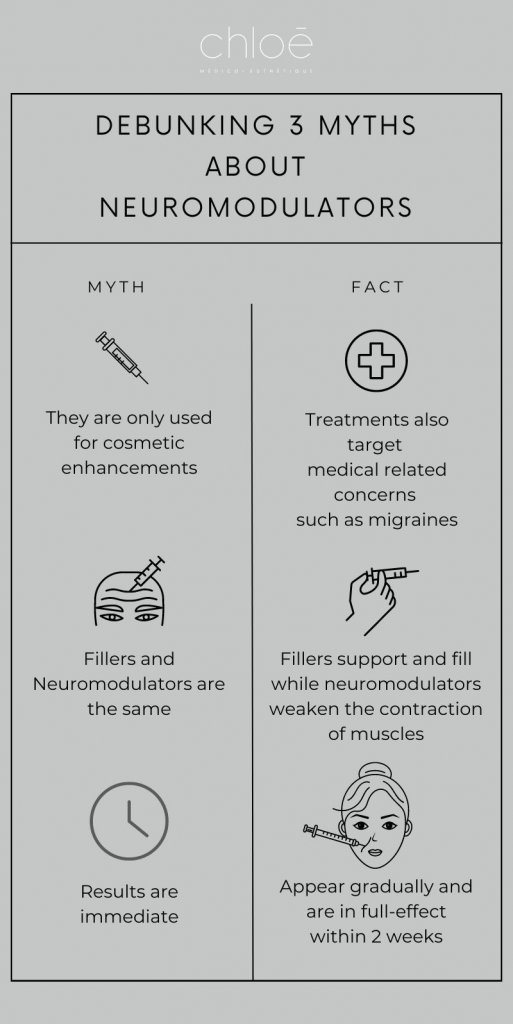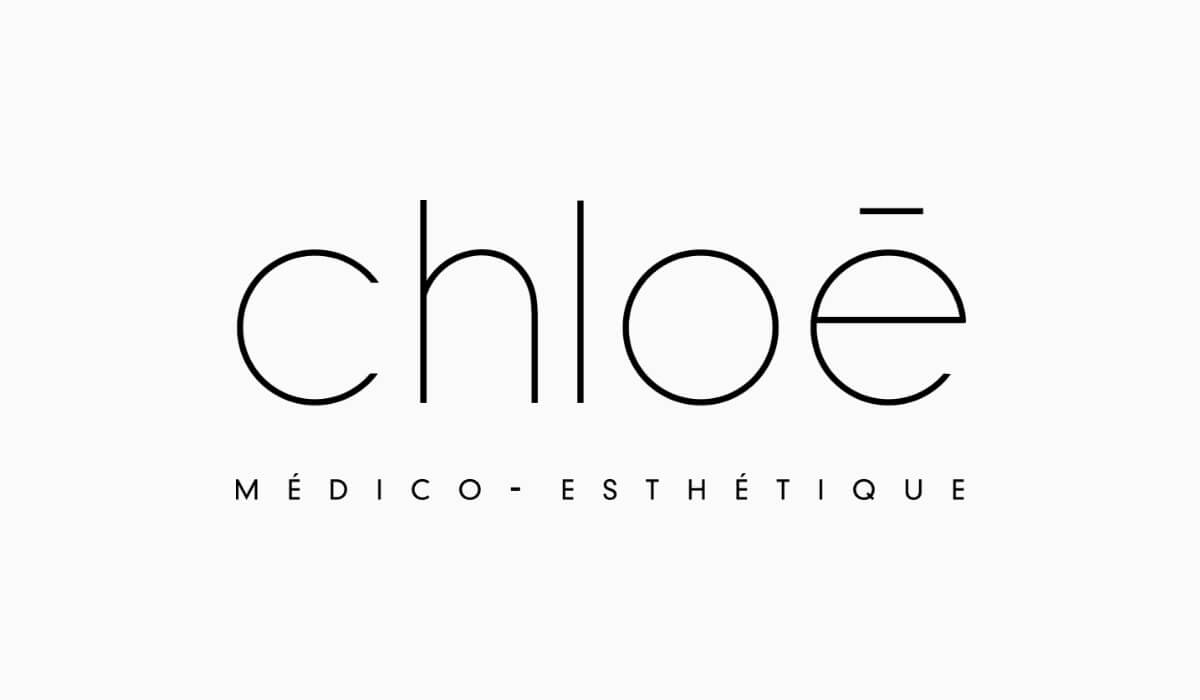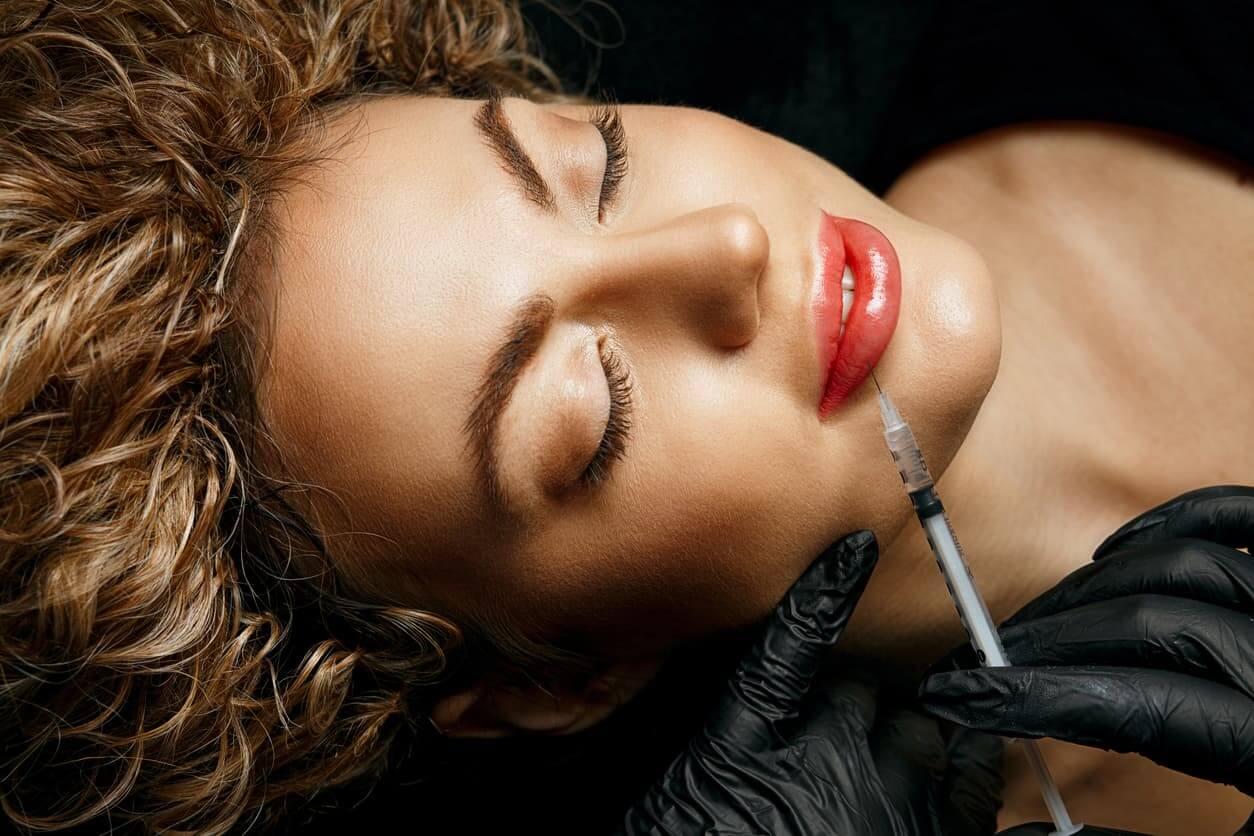As we approach our mid-twenties to late thirties, many of us notice the fine lines and wrinkles on our faces are more pronounced. Many of us may have heard about Botox injections for years and are curious about how they could help reduce the appearance of these lines.
The best way to satisfy your curiosity is to schedule a consultation with an experienced aesthetic injector. But in the meantime, our talented team at Clinique Chloé is happy to give you a comprehensive guide to Botox.
This must-read blog post will touch on the science behind Botox, how the treatment works as a wrinkle relaxer and an inside look at a Botox treatment.
All that and more, so keep reading!
The Science of Neuromodulators (a.k.a Botox): How Do They Work?
Neuromodulators, which are protein substances, function by inhibiting neurotransmitter activity in a specific area. They are derived from a purified form of botulinum toxin, and the most popular brand among them is Botox, renowned for its cosmetic uses.
When these neuromodulators are skillfully injected into targeted muscles, they impede the release of acetylcholine, a neurotransmitter responsible for muscle contractions. This temporary relaxation and control over muscle movement can effectively reduce the visibility of wrinkles and fine lines on the face.
It became common practice to refer to all neuromodulators as Botox, but Botox is just a brand name of one of the most well-known and commonly used brands of neuromodulators for cosmetic purposes. Although several different brands are on the market, it has become the catch-all name for wrinkle relaxers.
Brands such as Dysport and Xeomin are other well-established neuromodulator products like Botox and are FDA-approved for cosmetic or medical purposes.
“A patient may be eligible for Botox Cosmetic if they begin to notice early aging signs resulting from static or dynamic movement. Typically, initiating Botox treatment from their mid-20s onwards can be advantageous, depending on their facial expressiveness. The appropriate preventative dosage is determined by factors such as their age and the strength of their facial muscle groups.” – Clinique Chloé Medical Aesthetician
What can Neuromodulators Treat?

Repeated facial movements over time can transform dynamic wrinkles into static lines. Neuromodulators are utilized to alleviate these muscle movements, preventing the formation of wrinkles.
- Forehead wrinkles, frown lines between the eyebrows (also called Glabella or elevens), crow’s feet, and bunny lines (bridge of nose).
- Brow Lift: Neuromodulators can be used to lift the eyebrows, providing a more youthful and refreshed appearance.
- Gummy Smile: Neuromodulators can help reduce excessive gum exposure when smiling.
- Masseters: Neuromodulator injections can be used to soften the appearance of the jawline by relaxing the muscles responsible for a square or prominent jaw. This can also help with jaw clenching and teeth grinding (bruxism).
- Neck Bands: Neuromodulators may be used to reduce the prominence of vertical neck bands.
- Excessive Sweating (Hyperhidrosis): Neuromodulators can be injected into the underarms, palms, or soles to inhibit sweat gland activity and reduce excessive sweating.
- Migraine Headaches: In some cases, neuromodulators can be used as a preventive treatment for chronic migraines.
- Muscle Spasms and Movement Disorders: Certain neuromodulators are approved for treating muscle spasms and movement disorders, including cervical dystonia (involuntary neck muscle contractions), blepharospasm (eyelid twitching), and certain forms of spasticity.
Extra tip: Confused about dermal fillers and neuromodulators? It’s simple! Neuromodulators treat dynamic lines, while dermal fillers fill in static lines and add volume to contour facial features.
Neuromodulator Treatment Step-by-Step
- Consultation: Prior to receiving any injectable treatment, we conduct a thorough consultation to evaluate your unique anatomy and address your concerns. Our experienced injectors will develop a customized treatment plan that aligns with your goals while considering realistic expectations and your budget.
- Treatment Time: Using a small syringe, your injector will meticulously administer the neuromodulator to the specific areas targeted for treatment. They may request certain facial expressions, such as raising your eyebrows, to assess the impact on forehead wrinkles. The injection process is quick with very minimum discomfort; it will feel like a brief pinch that is easily tolerable.
- Patience is Key: Unlike dermal fillers, the results of neuromodulators are not immediate. It takes approximately 2 weeks for the neurotoxin to fully settle and manifest noticeable improvements. Therefore, if you observe some movement in the treated area within a few days, there’s no need for concern, as this is a normal part of the process.
- Schedule Your Follow-up: According to a Clinique Chloé aesthetic injector, “for optimal outcomes, patients will need to have treatment every 3-4 months, which will improve [facial] lines and skin quality.” However, the longevity of neuromodulators will also depend on the treated area, your body’s metabolism, and lifestyle factors.
Start Your Wrinkle Relaxer Journey with Clinique Chloé!
As a premier clinic located in Montreal, Clinique Chloé takes a comprehensive 360° approach to skincare, ensuring your skin health goes beyond what’s on the surface. Each consultation and treatment plan is personalized to your unique concerns and goals.
Book a Complimentary Consultation today with one of our knowledgeable treatment designers and aesthetic injectors. Learn more about Botox, the treatments that complement it well, and medical-grade skincare that elevate your rejuvenated skin!








